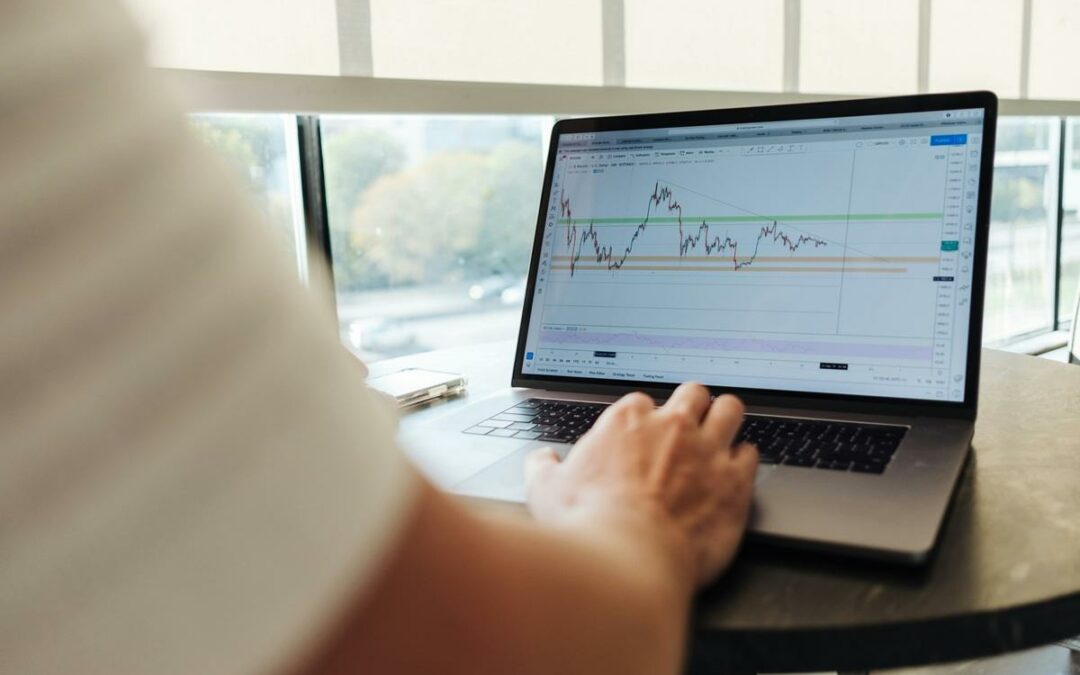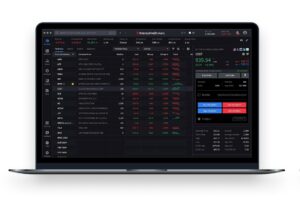For years, high leverage has been a defining feature of retail forex trading. Forex brokers offered up to 1:500 leverage as a way to attract clients, and many traders jumped in with the goal of turning small deposits into large wins. In most cases, that meant prioritizing potential reward over any real risk management strategy.
But that trend appears to be changing in 2025.
More traders are dialing it back — reducing their lot sizes, lowering leverage, and focusing on staying in the game rather than doubling their account in a single trade. This shift hasn’t happened overnight, but it’s becoming more visible as market conditions evolve.
Volatility has increased across major currency pairs, and many of the fast money strategies that worked in low-volatility, low-rate environments are no longer as effective. At the same time, global regulators have been tightening their grip on retail leverage offerings, forcing traders to rethink their approach.
In short, the smartest traders in 2025 may not be the boldest — but the most risk-aware.
The rise and plateau of high leverage
Leverage has long been part of the retail forex world. For years, brokers offered ratios like 1:100 or even 1:500 as standard — and traders jumped at the opportunity to multiply their exposure.
The appeal was simple: higher leverage meant bigger positions, and potentially, bigger profits. For brokers, it also meant more volume, more commissions, and more sign-ups. It became a marketing tool just as much as a trading feature.
But things have changed.
Between 2023 and 2024, a series of sharp interest rate moves from central banks — particularly the Fed, the Bank of Japan, and the ECB — triggered unexpected volatility across major currency pairs. Many retail accounts, especially those trading with high leverage and no stop losses, were liquidated during these swings.
As more traders shared their losses online, and regulators began pressing brokers to offer safer defaults, the landscape started to shift. High leverage hasn’t disappeared, but its dominance is fading.
Now in 2025, more traders are questioning whether ultra-high leverage is worth the risk.
What’s causing the ‘leverage fatigue’ in 2025?
It’s no secret that traders love leverage. But in 2025, more retail forex traders are beginning to back off. There are a few reasons for this shift — and most of them come down to survival.
First, there’s regulation. Over the past year, ESMA-style leverage restrictions have expanded beyond Europe, with more brokers limiting new users to 1:30 or even less. While you can still find offshore platforms offering 1:500, they’re becoming the exception — and often come with fewer protections.
Second, the global economy remains jumpy. Rate cuts in some regions, stubborn inflation in others, and geopolitical risks have all led to wider price swings. This means there’s less room for error. A bad entry on high leverage can wipe you out faster than ever.
At the same time, more traders are sharing smarter strategies online — ones that use lower leverage, tighter setups, and trailing stop losses. YouTube, Discord, and X (formerly Twitter) are full of traders emphasizing capital preservation over high-risk bets.
This doesn’t mean traders are afraid. They’re just more focused on staying in the game — and that means being strategic with lot size and leverage, not reckless.
From high stakes to calculated trades: The new mindset
For years, high leverage was seen as the fast track to big wins in forex. But in 2025, more traders are moving away from the “go big or go broke” mentality. Instead, they’re shifting focus to risk-adjusted returns — aiming for consistency, not moonshots.
One big part of this shift is setting clear daily risk limits. Many traders now cap each trade at 1–2% of their total account balance. It sounds small, but over time, this approach offers more breathing room and reduces the odds of a catastrophic loss.
Another change is how lot sizes are chosen. Instead of trading oversized positions, traders are scaling back — especially during news events or in volatile conditions. Smaller trades mean more flexibility and lower stress.
A lot of this is powered by better tools. Risk calculators and trade size apps are now part of the everyday trading routine. If you’re looking to get a clearer picture of how forex lot size and leverage work together in practical terms, this resource is worth a look.
What smart traders are doing fifferently
While many retail traders still chase large returns with oversized positions, others are shifting focus. In 2025, more experienced forex traders are taking a measured approach — and it’s changing how they trade.
Most now limit their risk to 1–2% of their total capital per trade. This doesn’t eliminate risk, but it makes it more manageable. In most cases, that’s all you really need to stay consistent.
Another adjustment is the move away from high leverage. While brokers may still offer 1:100 or even 1:500, many traders are choosing to trade with leverage below 10:1, especially when markets are volatile.
They also take the extra step of using lot size and risk calculators before opening any position. This gives them a clearer idea of how much exposure they’re actually taking.
Some go further by hedging positions or scaling down size during high-impact news releases. These small changes can help avoid unnecessary losses — and keep them in the game longer.
How brokers are responding
In response to years of retail traders overexposing themselves with high leverage, many brokers are starting to change course. While 1:500 leverage is still offered in some regions, we’re seeing a quiet shift in how platforms present it — especially to new users.
Several brokers now default to more conservative leverage settings, such as 1:30 or 1:50, when opening a new account. This isn’t a restriction, but rather a nudge toward more sustainable trading habits. For many traders, it’s all they need to take a step back from over-leveraging.
There’s also been an improvement in user-facing tools. Some platforms now show a risk summary before trade execution — including potential drawdown, margin impact, and even liquidation estimates. In most cases, that’s enough to make traders think twice before sizing up.
And increasingly, brokers are promoting long-term trading success, rather than short-term gains. It’s a small shift, but one that may help reduce burnout among newer traders.
Final thoughts: Survival is the new edge
In today’s forex market, the traders who stay in the game longest are rarely the ones using the most leverage. More often, it’s the ones who’ve learned to size their positions properly, limit exposure, and treat risk like a first priority — not an afterthought.
This isn’t about fear. It’s about trading with precision. The reality is, oversized lot sizes and 1:500 leverage might have worked in the past, but they’ve lost their edge in 2025’s high-volatility environment.
Just like you wouldn’t build a house without understanding the load-bearing walls, you shouldn’t build a trading strategy without knowing how your lot size and leverage interact. Small miscalculations can quietly erode your margin — and often do.
The bottom line? If your goal is to trade seriously — and not just roll the dice — then controlling risk should be part of every single trade. In that sense, survival isn’t just a metric. It’s your edge.









